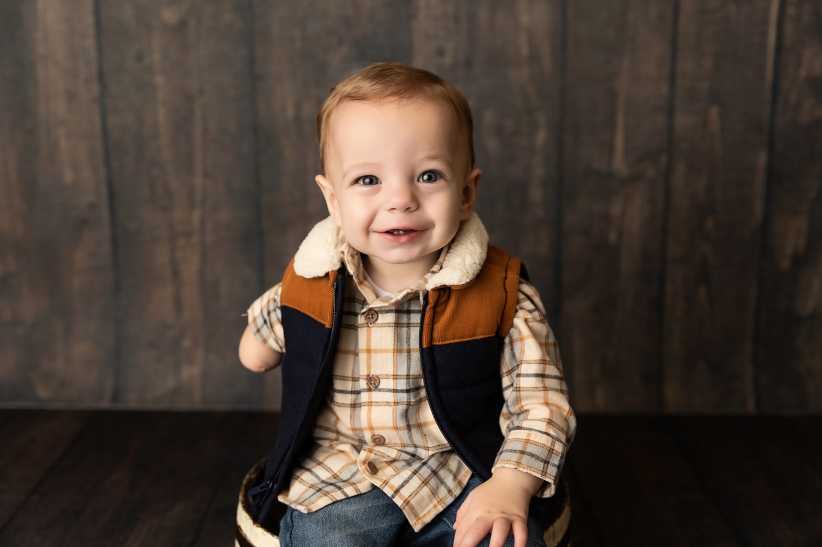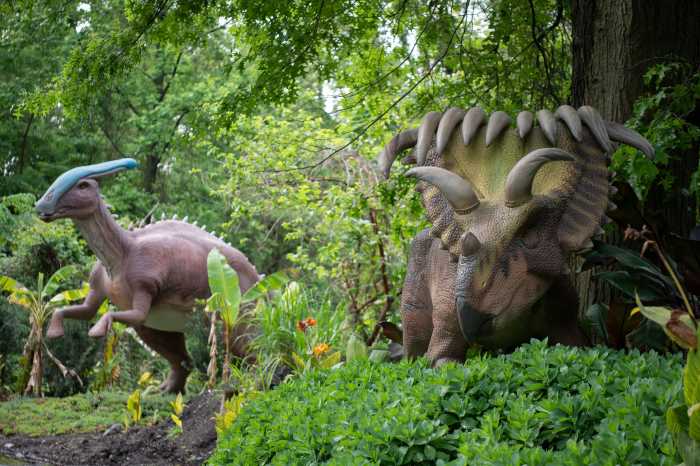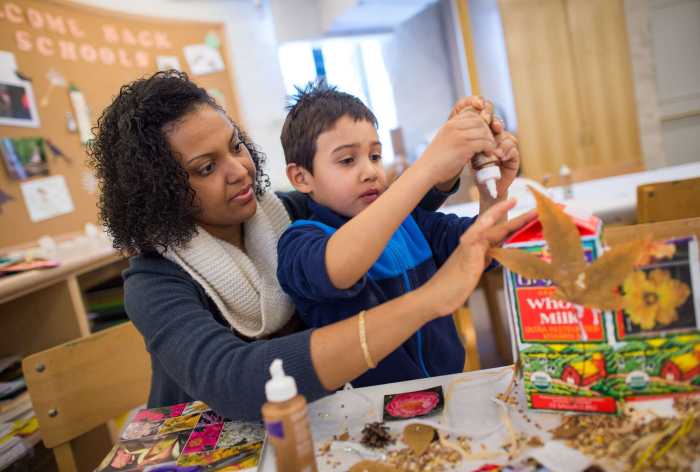The 2017 hurricane season caused unprecedented damage. Communities in Texas, Florida, Puerto Rico, the United States Virgin Islands, and other islands throughout the Caribbean suffered great devastation. When Hurricane Maria made landfall on the island of Puerto Rico, it measured as a Category 4 hurricane — the strongest to ever hit there — and it destroyed much of the island, killing over a dozen people and knocking out the power grid, flooding streets, and contaminating drinking water.
It left more than one million people without power and limited phone access. Many families went days without being able to contact extended family members outside the island. Many New Yorkers with close ties to Puerto Rico scrambled to help family and friends on the island. Weeks after Hurricane Maria hit Puerto Rico, many problems still existed, including closed hospitals, little fuel for generators, and feet of standing water. Local government officials have called it a “humanitarian disaster.”
A natural disaster like Hurricane Maria can be hard to explain to children. However, they can more easily cope when they know that there are people working to help communities recover — familiar entities like the police, fire department, paramedics and military personnel. If your children have watched media coverage of Hurricane Maria (and other natural disasters), be sure to answer their questions and help them process the information they are receiving. Also, try to engage your child in a discussion about the events by asking questions. What questions or concerns do they have?
Your children may be fearful, especially if they have close family or friends affected by storms. Let them know that it is okay to be upset, but they have adults to support them and willing to give them opportunities to help.
There are many ways to aid families and children in Puerto Rico affected by Hurricane Maria. If you are looking to make a monetary donation, there are humanitarian organizations that provide emergency kits that include water filtration systems, such as UNICEF, Worldvision, and Save the Children. There are also large organizations like the Salvation Army, the Red Cross and the Hispanic Federation that have volunteers on the ground in Puerto Rico to assist with the recovery, and donations to these organizations can be impactful.
Funds have also been established on the local and state levels in New York. Gov. Cuomo created the “Empire State Relief and Recovery Effort for Puerto Rico” with the goal of providing necessary goods and services, as well as money, to relief organizations working with the island’s 3.5 million residents.
Mayor DeBlasio has the Mayor’s Fund, which supports aid and relief efforts to areas impacted by Hurricanes Harvey, Irma, and Maria. The city’s Office of Emergency Management has set up a distribution center and is collecting and sending supplies to Puerto Rico.
Sizeable monetary donations from businesses and large companies like the Long Island City-based airline JetBlue not only provide shipments of drinking water, meals, and generators to the island, but also fund transportation for dozens of emergency workers, police, and fire department personnel to the island as well. The donated supplies they bring will be given to emergency relief and local organizations, then distributed to families and individuals directly affected by Hurricane Maria.
You and your family can donate items like baby food, diapers, feminine hygiene products, first-aid kits, or batteries. It is important that we support Puerto Rico’s recovery from Hurricane Maria. The supplies will help families and children keep clean, safe, and healthy during this difficult time. It could still take more weeks before power is restored and months of rebuilding.
Remember that all donated items must be non-perishable, brand new, and cannot contain any liquids. If items are open or unsealed, the donation will not be accepted. There are drop-off locations accepting donations across the five boroughs. You can donate at the nearest participating firehouse or EMS station. See list below:
Manhattan
Engine 91: 242 E. 111th St. (East Harlem)
Engine 95–Ladder 36: 29 Vermilyea Ave. (Inwood)
Engine 28–Ladder 11: 222 E. 2nd St. (Lower East Side)
Engine 54–Ladder 4: 782 8th Ave. (Times Square)
Engine 53–Ladder 43: 1863 3rd Ave. (East Harlem)
Bronx
EMS Station 26: 1264 Boston Road (Morrisania)
EMS Station 55: 3134 Park Ave. (Melrose)
Engine 64–Ladder 47: 1214 Castle Hill Ave. (Castle Hill)
Engine 83–Ladder 29: 618 E. 138th St. (Mott Haven/South Bronx)
Engine 73–Ladder 42: 655 Prospect Ave. (Melrose)
Queens
Engine 316: 27-12 Kearney St. (East Elmhurst)
Engine 289–Ladder 138: 97-28 43rd Ave. (Corona)
Engine 307–Ladder 154: 81-17 Northern Boulevard (Jackson Heights)
Engine 294–Ladder 143: 101-02 Jamaica Ave. (Woodhaven)
Brooklyn
Engine 271–Ladder 124: 392 Himrod St. (Bushwick)
Engine 277–Ladder 112: 582 Knickerbocker Ave. (Bushwick)
Engine 201–Ladder 114: 5113 4th Ave. (Sunset Park)
Engine 228: 436 39th St. (Sunset Park)
Engine 218: 650 Hart St. (Bushwick)
Engine 255–Ladder 157: 1367 Rogers Ave. (East Flatbush)
Staten Island
Engine 153–Ladder 77: 74 Broad St. (Stapleton)
Engine 157–Ladder 80: 1573 Castleton Ave. (Port Richmond)
Ladder 79: 1189 Castleton Ave. (Port Richmond)
Engine 155–Ladder 78: 14 Brighton Ave. (Tompkinsville)
Please note: Before you go, verify that the listed locations are still accepting donations, by calling 311. Donations will be accepted during the hours of 7 am through 9 pm. FDNY members at these locations may not be present during drop-off hours if they are responding to an emergency.
Links:
www1.nyc.gov/office-of-the-mayor
Shnieka Johnson is an education consultant and freelance writer based in Manhattan, where she resides with her husband and son. Contact her via her website: www.shnie





















